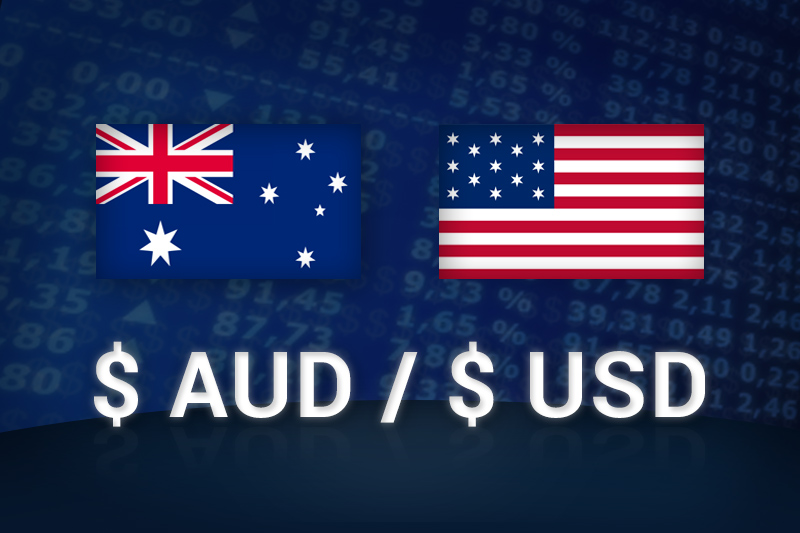Investing.com - The Australian dollar traded higher against its U.S. rival during Friday’s Asian session, following through on its biggest one-day pop in two years after the Federal Reserve said Wednesday it will not alter its quantitative easing program.
In Asian trading Friday, AUD/USD rose 0.12% to 0.9452. The pair was likely to find support at 0.9224, the low of September 13 and resistance at 0.9557, the high of June 19.
The Aussie and other riskier currencies surged after the Fed said no alterations will be made to its USD85 billion-per-month bond-buying efforts.
Riskier currencies such as the Aussie previously benefited from U.S. easing efforts because QE pressured the dollar and lowered U.S. interest rates, making higher-yielding currencies like the Aussie more attractive to global investors, including central banks.
While Australian stocks are sitting near five-year highs, the strong Aussie could prove problematic for new Prime Minister Tony Abbott’s efforts to solidify his country’s budget woes. A stronger Aussie crimps profits for the country’s exporters, some of which are among the largest Australian companies by market value.
With AUD/USD flirting with 95 cents, market observers are worried that Australian GDP growth will be pressured and that inflation will remain benign. The latter scenario gives the Reserve Bank of Australia room to again lower rates, but for now, the Aussie seems more sensitive to Fed policy.
Elsewhere, AUD/JPY inched up 0.01% to 93.92 while AUD/NZD rose 0.05% to 1.1279.
In Asian trading Friday, AUD/USD rose 0.12% to 0.9452. The pair was likely to find support at 0.9224, the low of September 13 and resistance at 0.9557, the high of June 19.
The Aussie and other riskier currencies surged after the Fed said no alterations will be made to its USD85 billion-per-month bond-buying efforts.
Riskier currencies such as the Aussie previously benefited from U.S. easing efforts because QE pressured the dollar and lowered U.S. interest rates, making higher-yielding currencies like the Aussie more attractive to global investors, including central banks.
While Australian stocks are sitting near five-year highs, the strong Aussie could prove problematic for new Prime Minister Tony Abbott’s efforts to solidify his country’s budget woes. A stronger Aussie crimps profits for the country’s exporters, some of which are among the largest Australian companies by market value.
With AUD/USD flirting with 95 cents, market observers are worried that Australian GDP growth will be pressured and that inflation will remain benign. The latter scenario gives the Reserve Bank of Australia room to again lower rates, but for now, the Aussie seems more sensitive to Fed policy.
Elsewhere, AUD/JPY inched up 0.01% to 93.92 while AUD/NZD rose 0.05% to 1.1279.
